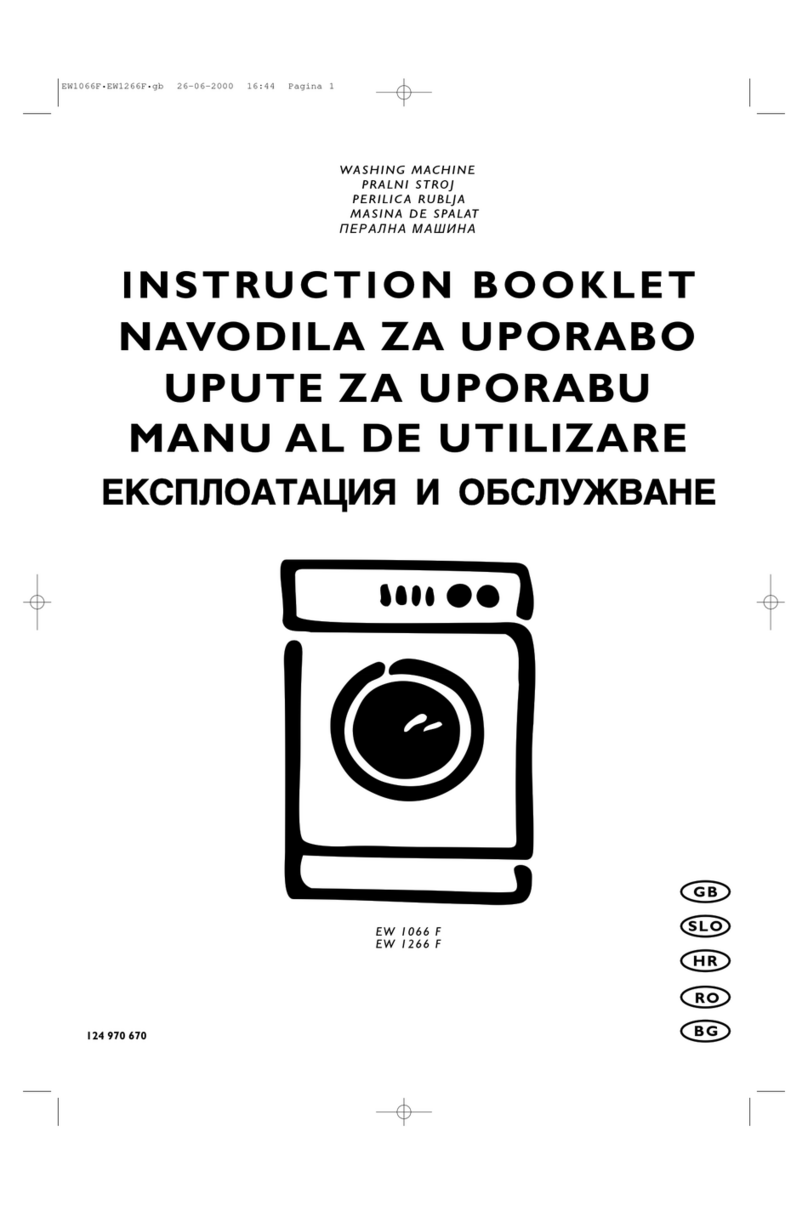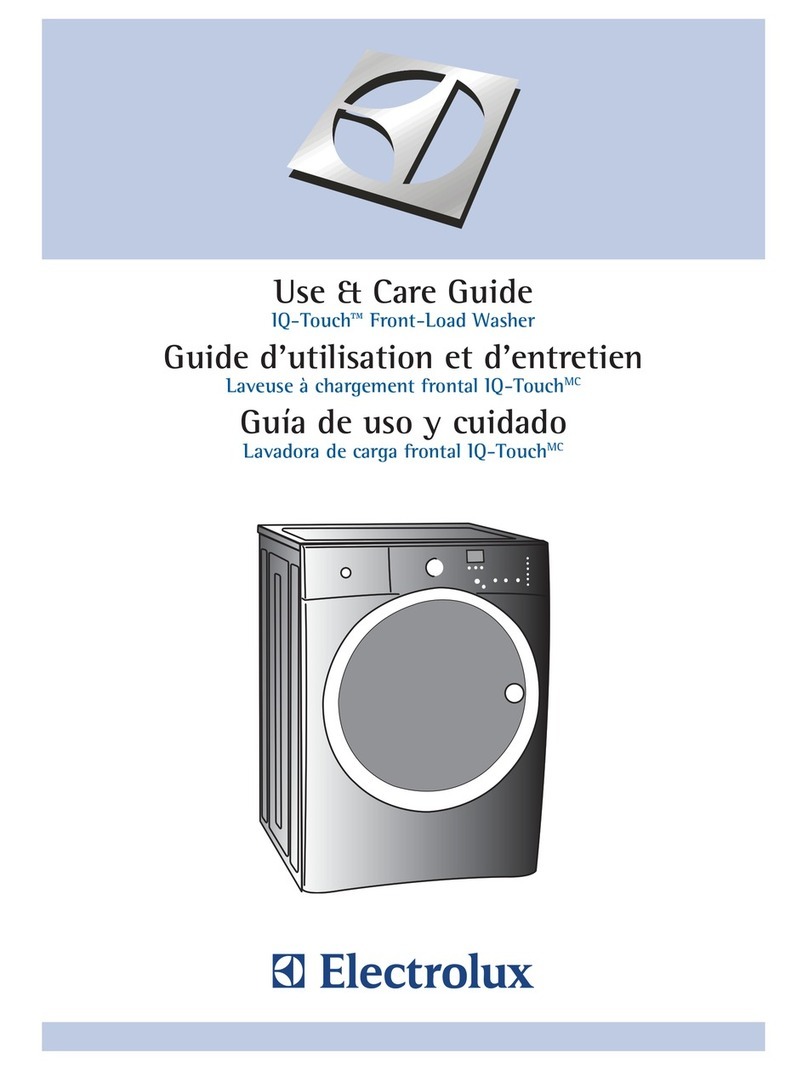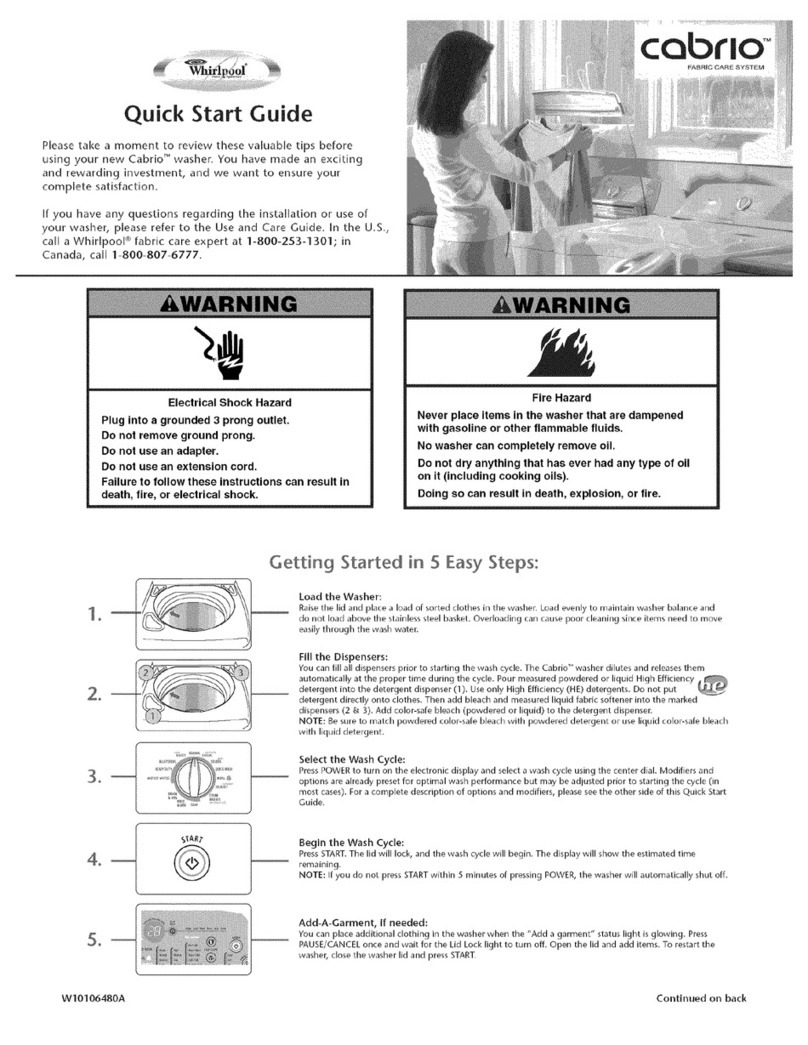Electrolux EW 705 F Quick guide
Other Electrolux Washer manuals
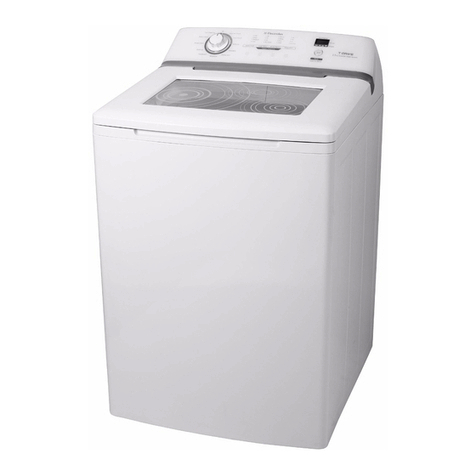
Electrolux
Electrolux EWT113 User manual
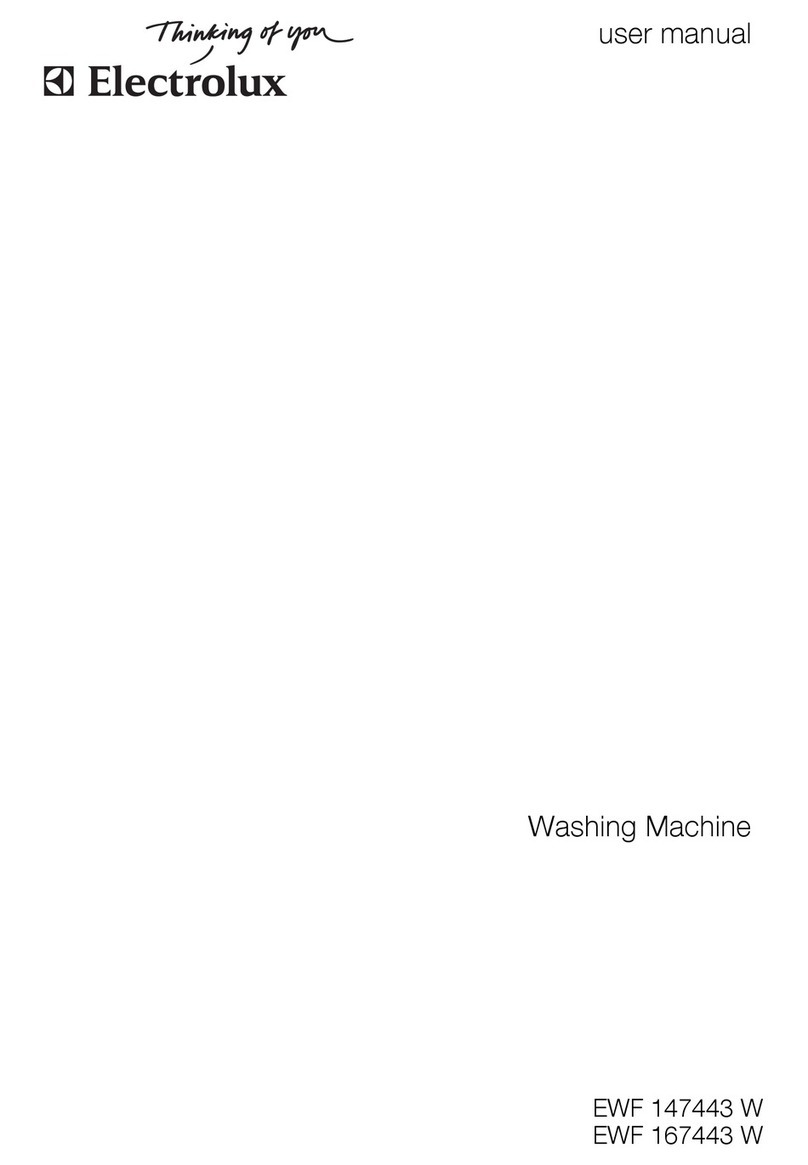
Electrolux
Electrolux EWF 167443 W User manual
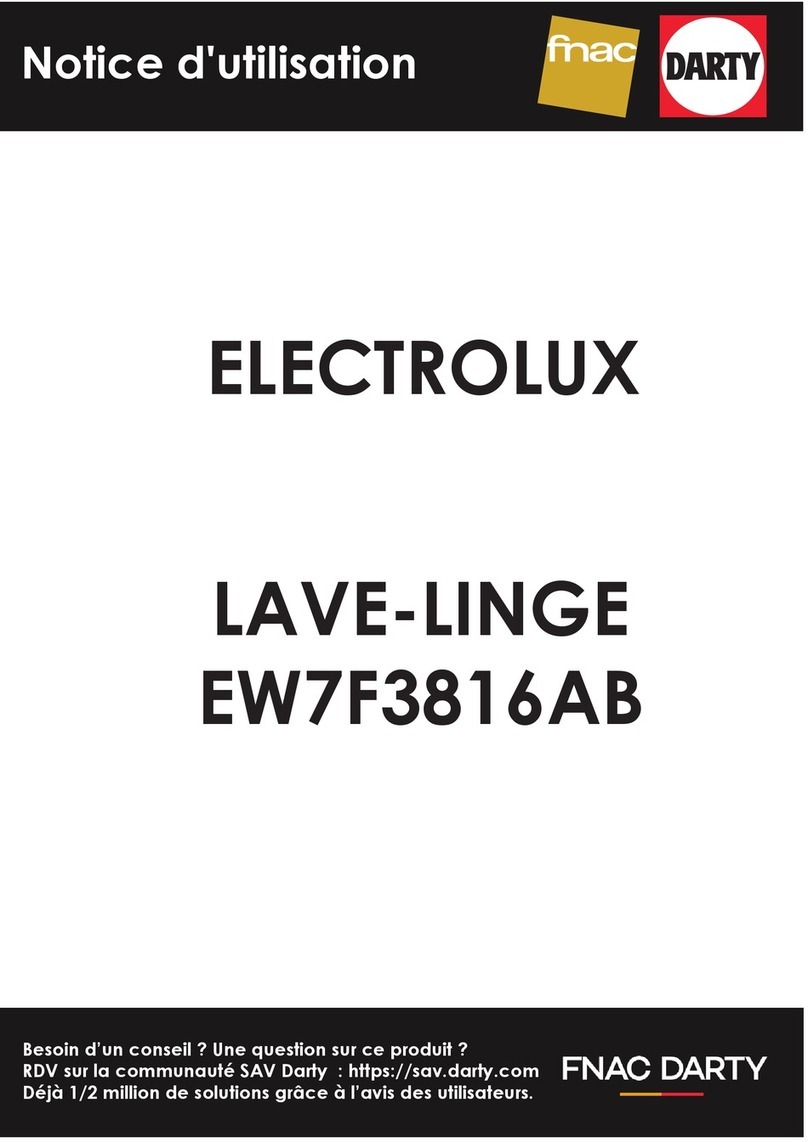
Electrolux
Electrolux EW7F3816AB User manual

Electrolux
Electrolux EWF 1486 HDW User manual
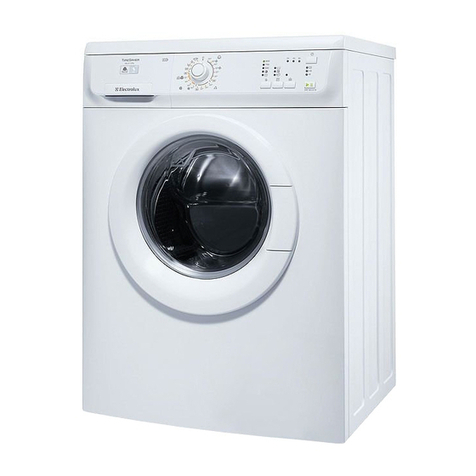
Electrolux
Electrolux EWP 106100 W User manual
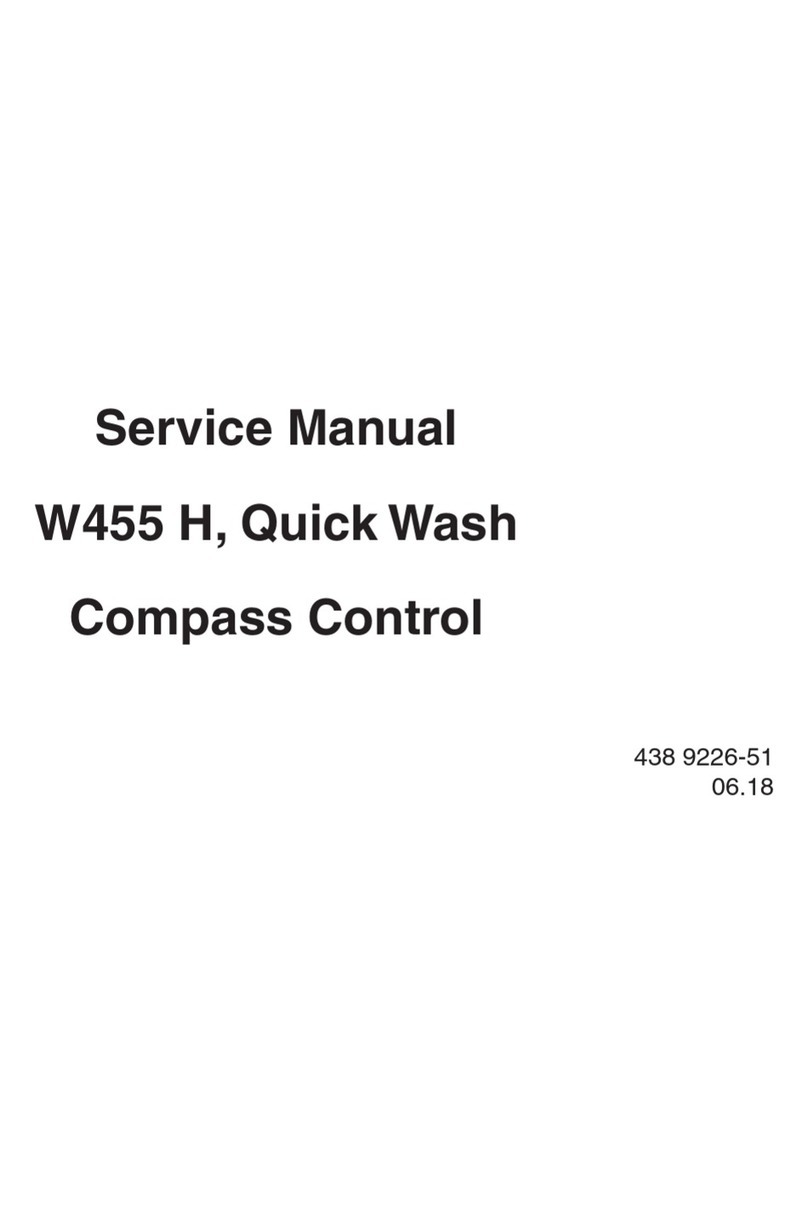
Electrolux
Electrolux W455 H User manual

Electrolux
Electrolux EWF 1287 HDW2 User manual
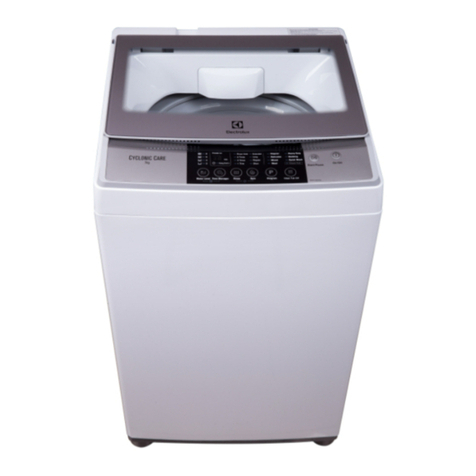
Electrolux
Electrolux EWT655WN User manual

Electrolux
Electrolux EW840F User manual

Electrolux
Electrolux WE 170 P User manual
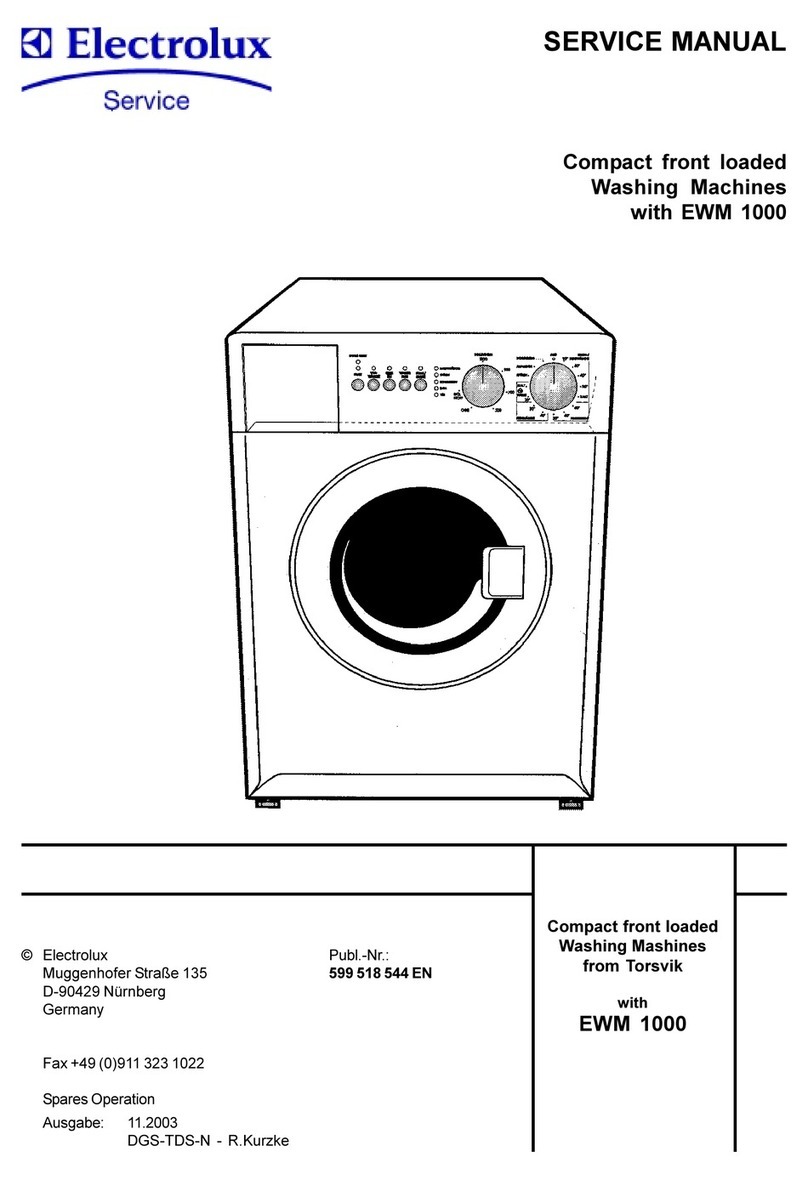
Electrolux
Electrolux WMD1050 User manual

Electrolux
Electrolux FO 950 User manual
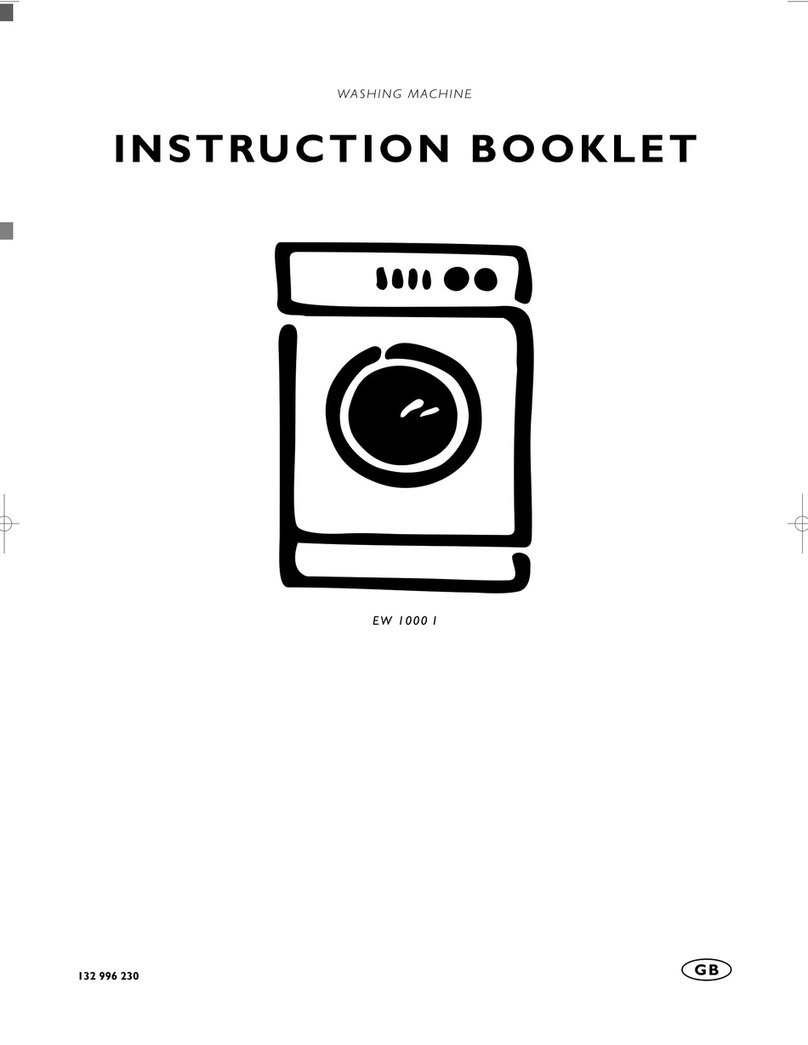
Electrolux
Electrolux EW 1000 I User manual

Electrolux
Electrolux EWF 1287 HDW User manual
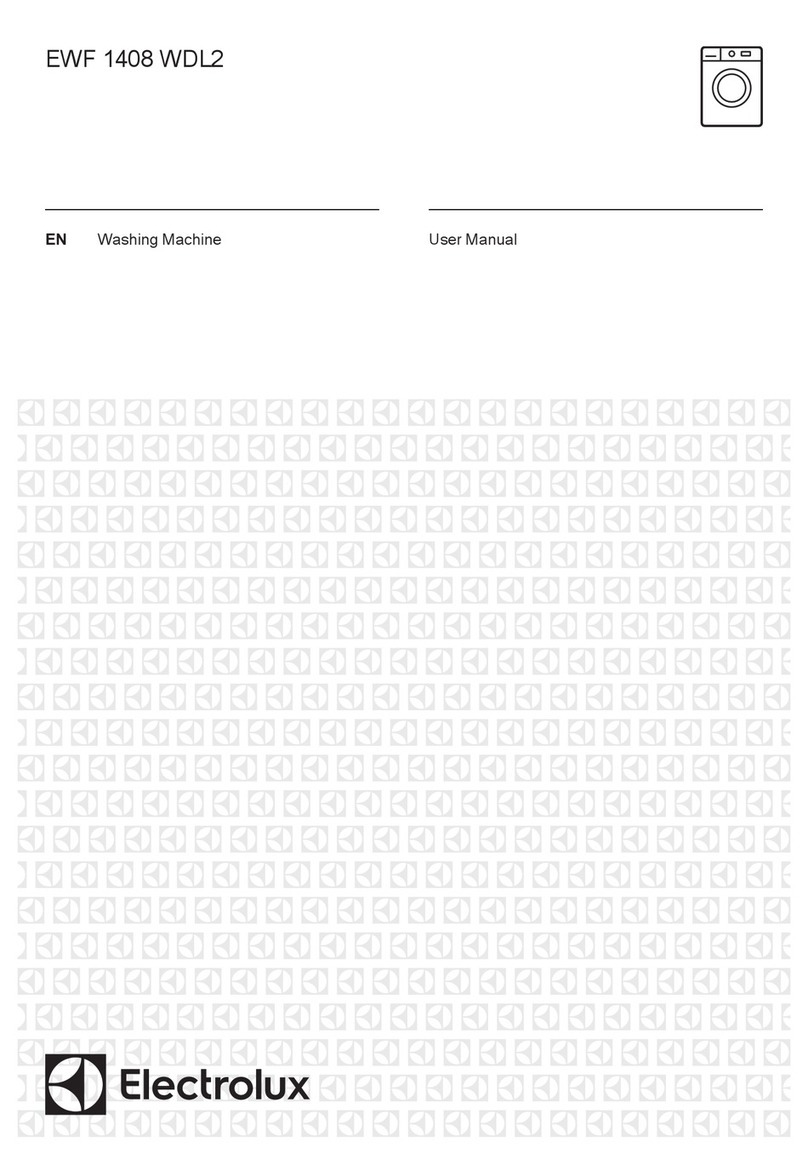
Electrolux
Electrolux EWF 1408 WDL2 User manual
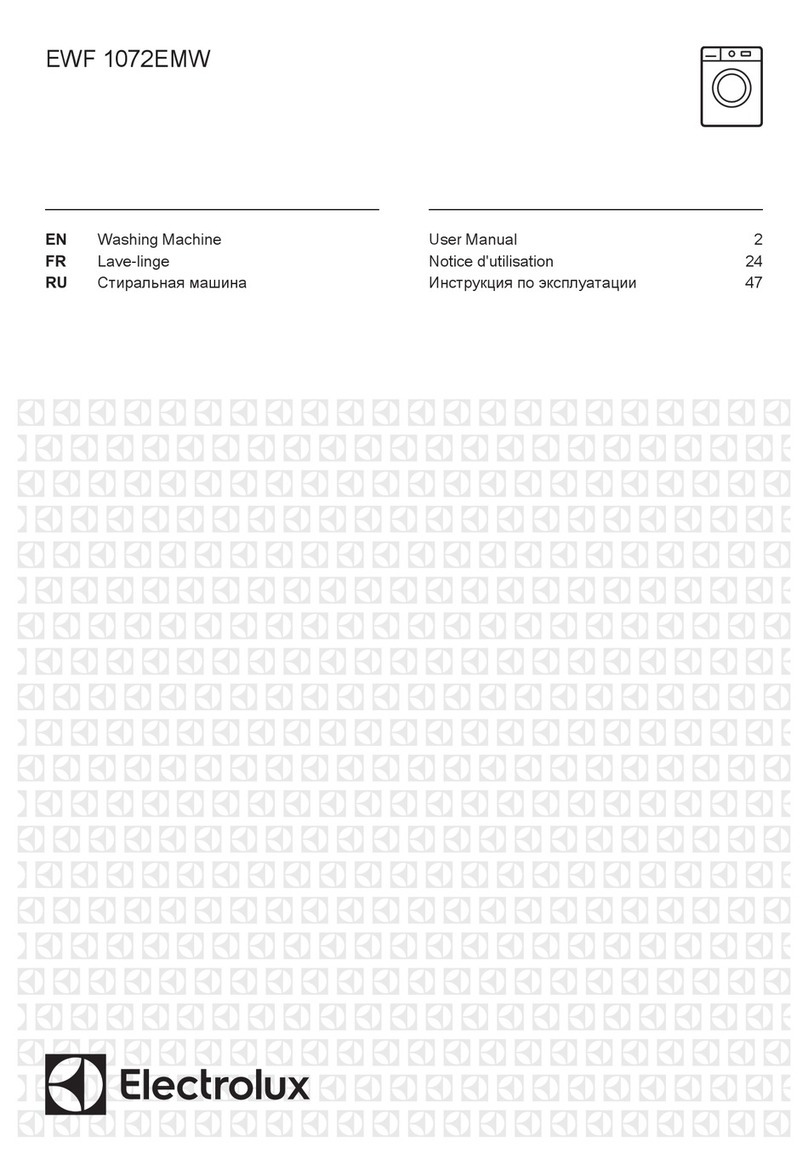
Electrolux
Electrolux EWF 1072EMW User manual

Electrolux
Electrolux EWS 106410 W User manual
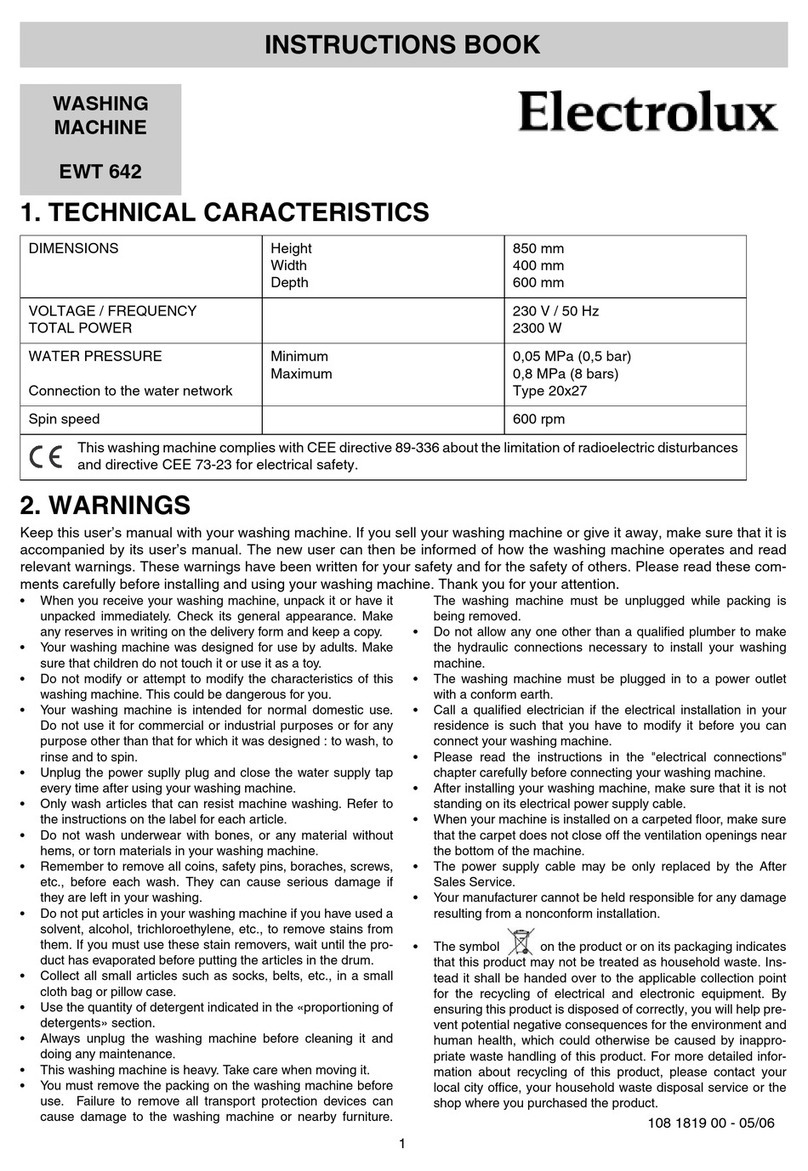
Electrolux
Electrolux EWT 642 User manual
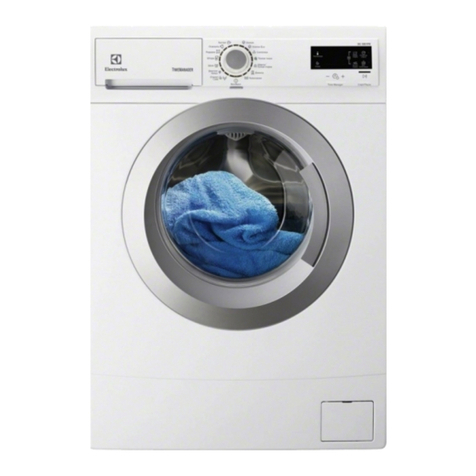
Electrolux
Electrolux EWF 1286 GDW User manual
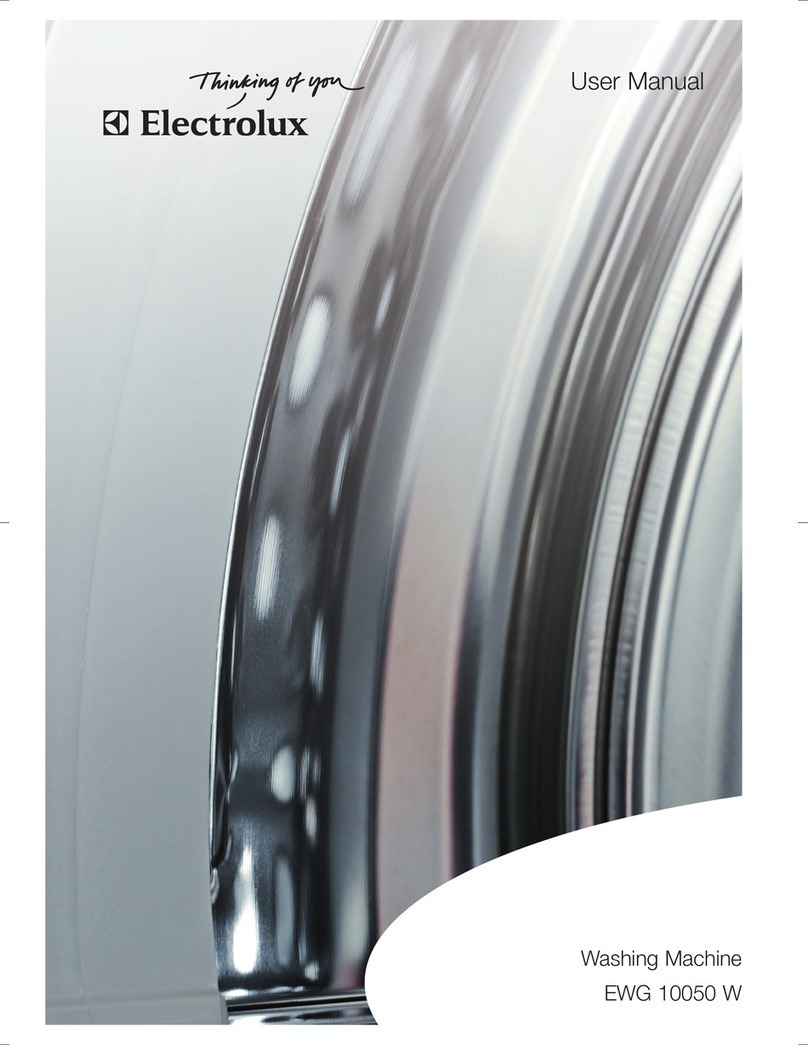
Electrolux
Electrolux EWG 10050 W User manual
